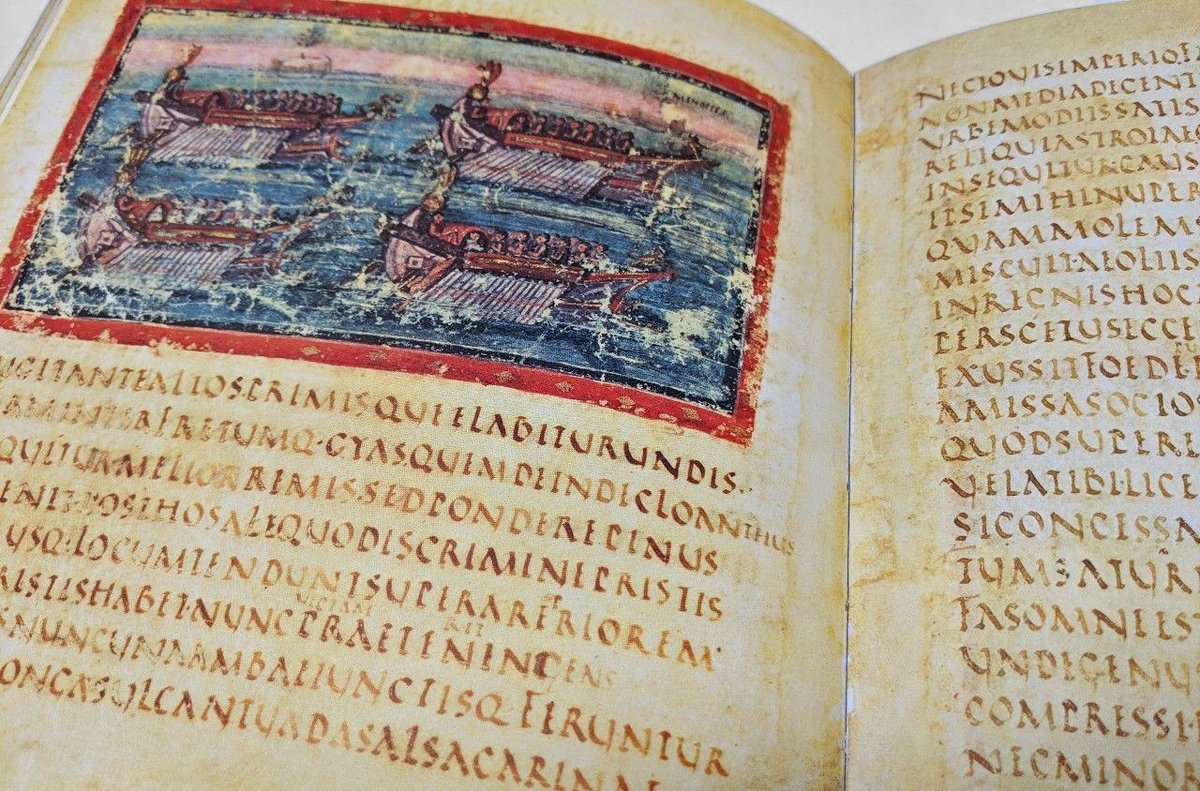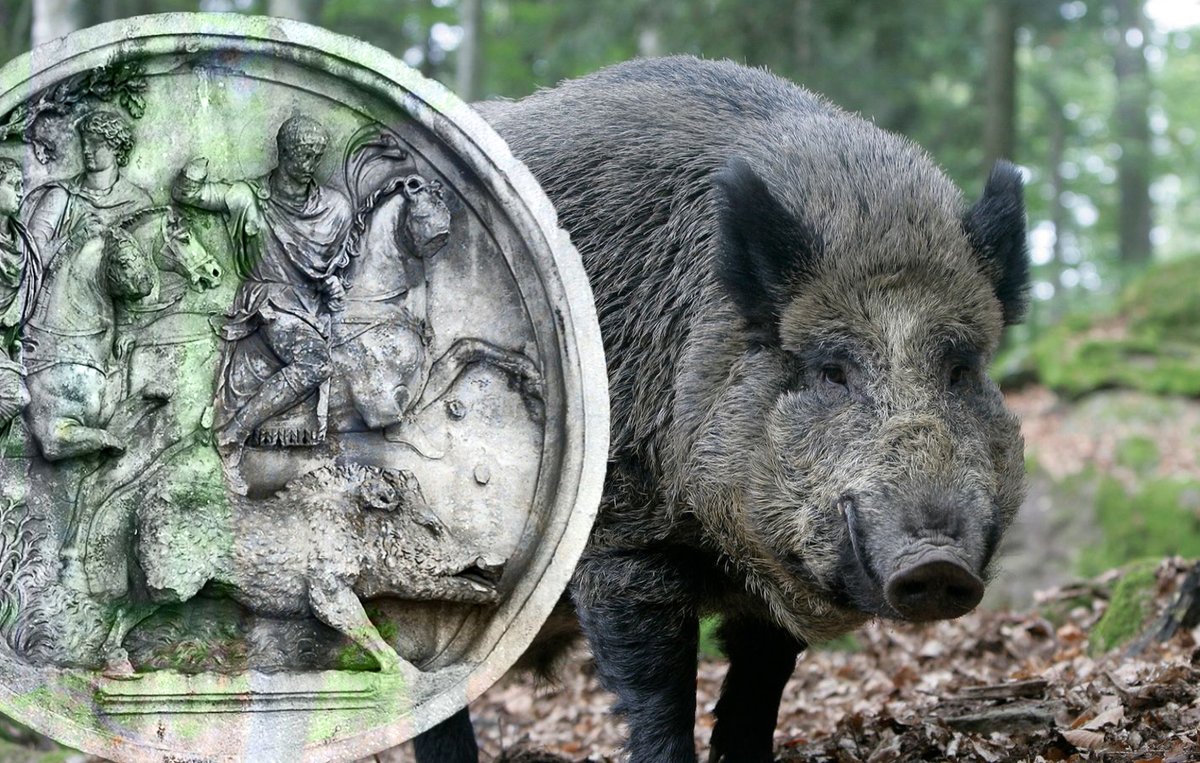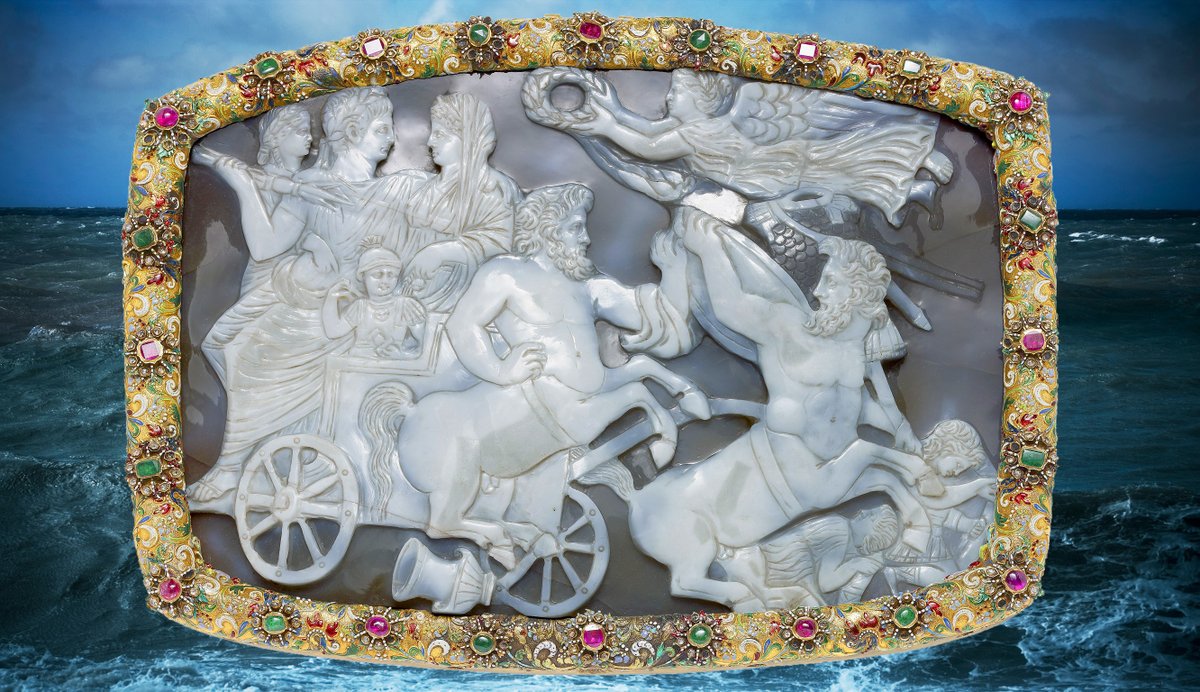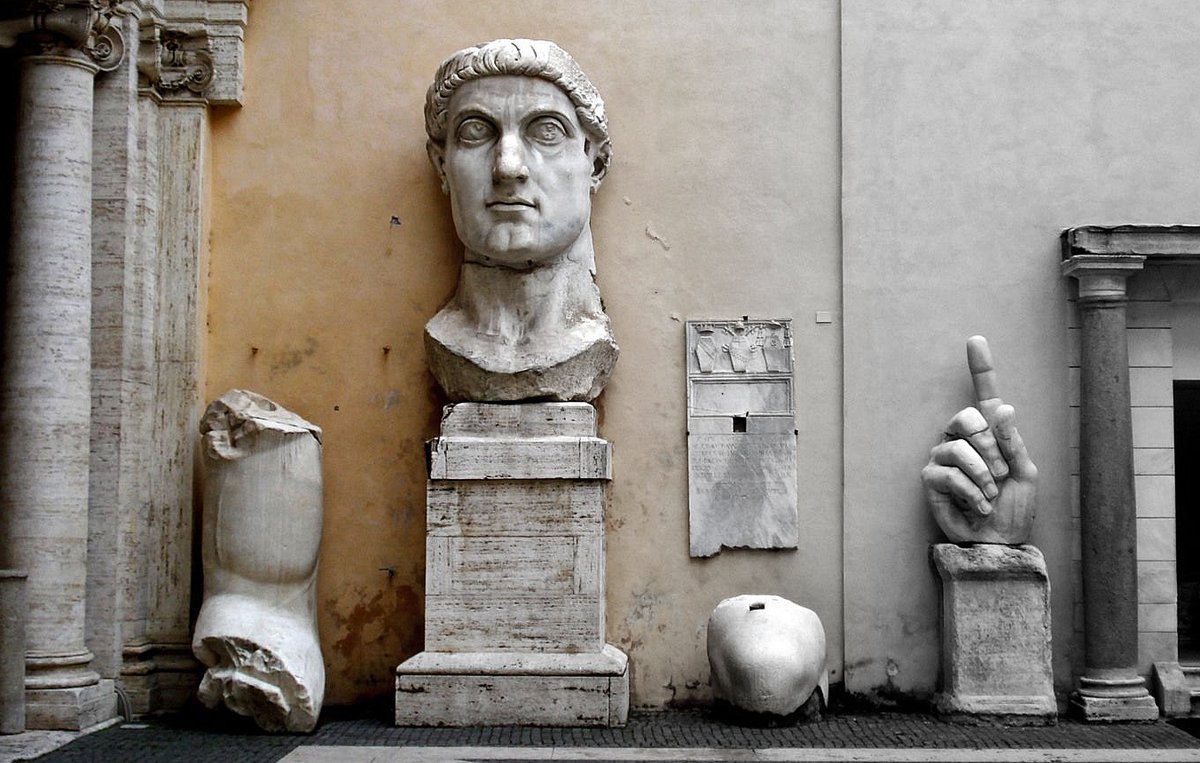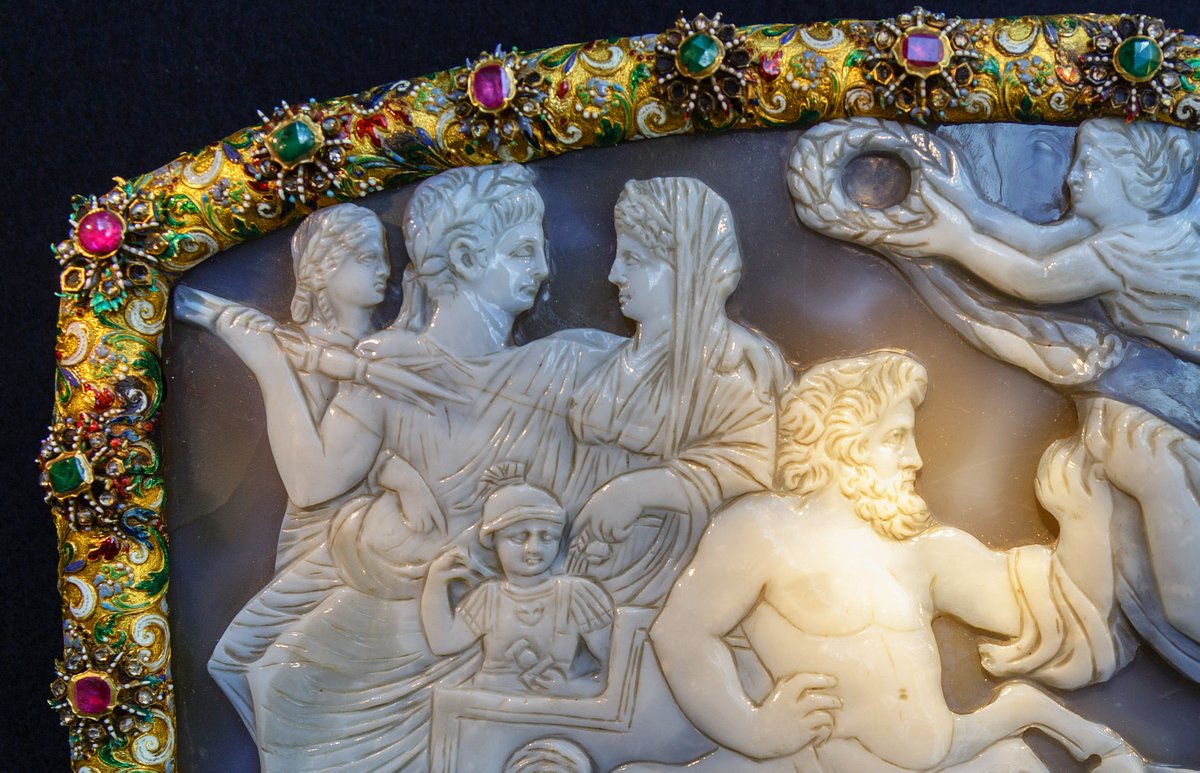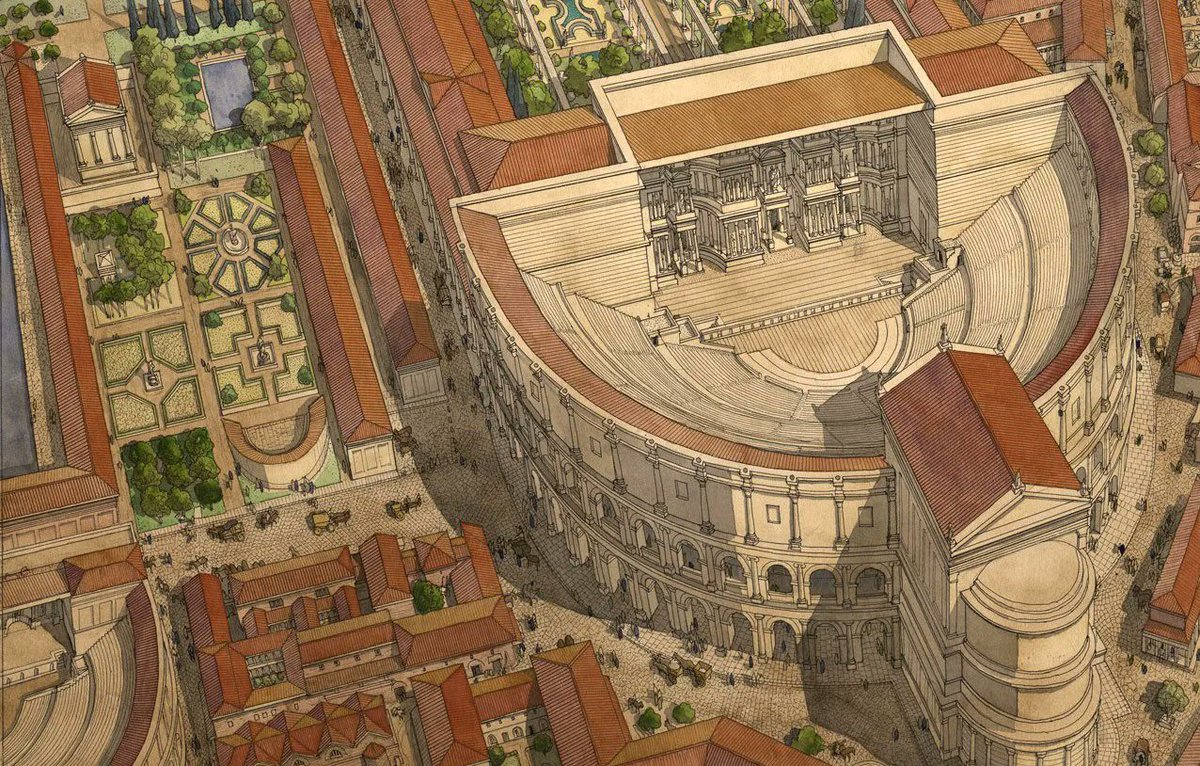
1) A pilgrimage to Flatford Mill in Suffolk, where John Constable (1776-1837) painted some of his most famous landscapes. Here some of his paintings with the corresponding view today, first up: “Boat-Building near Flatford Mill” (1815) 



6) Rather than crossing the river, recent study has suggested the wagon has stopped at the ford to cool the horses' legs and ‘soak the wheels’. In hot dry weather, wooden wheels would shrink away from their metal rims. Wetting the wheels would help keep outer metal band in place. 

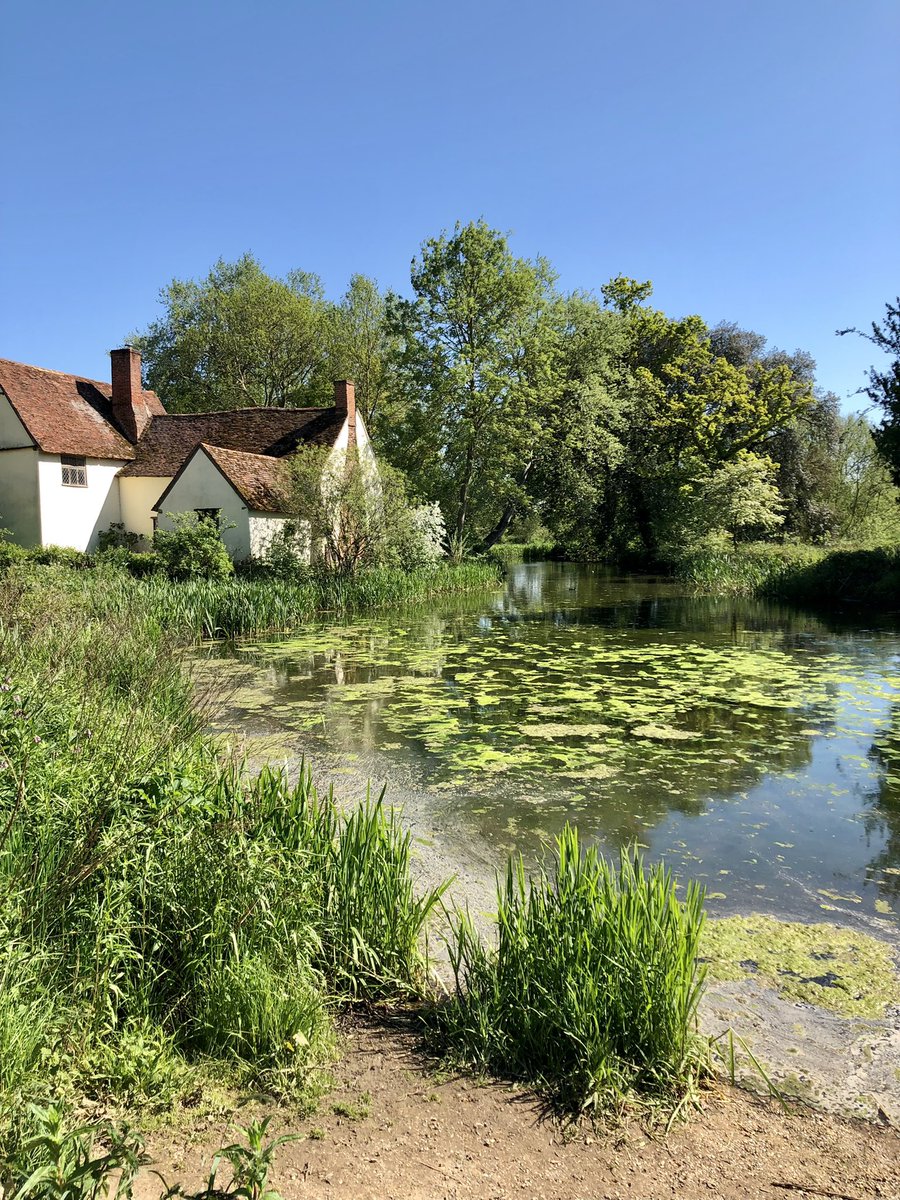

• • •
Missing some Tweet in this thread? You can try to
force a refresh











